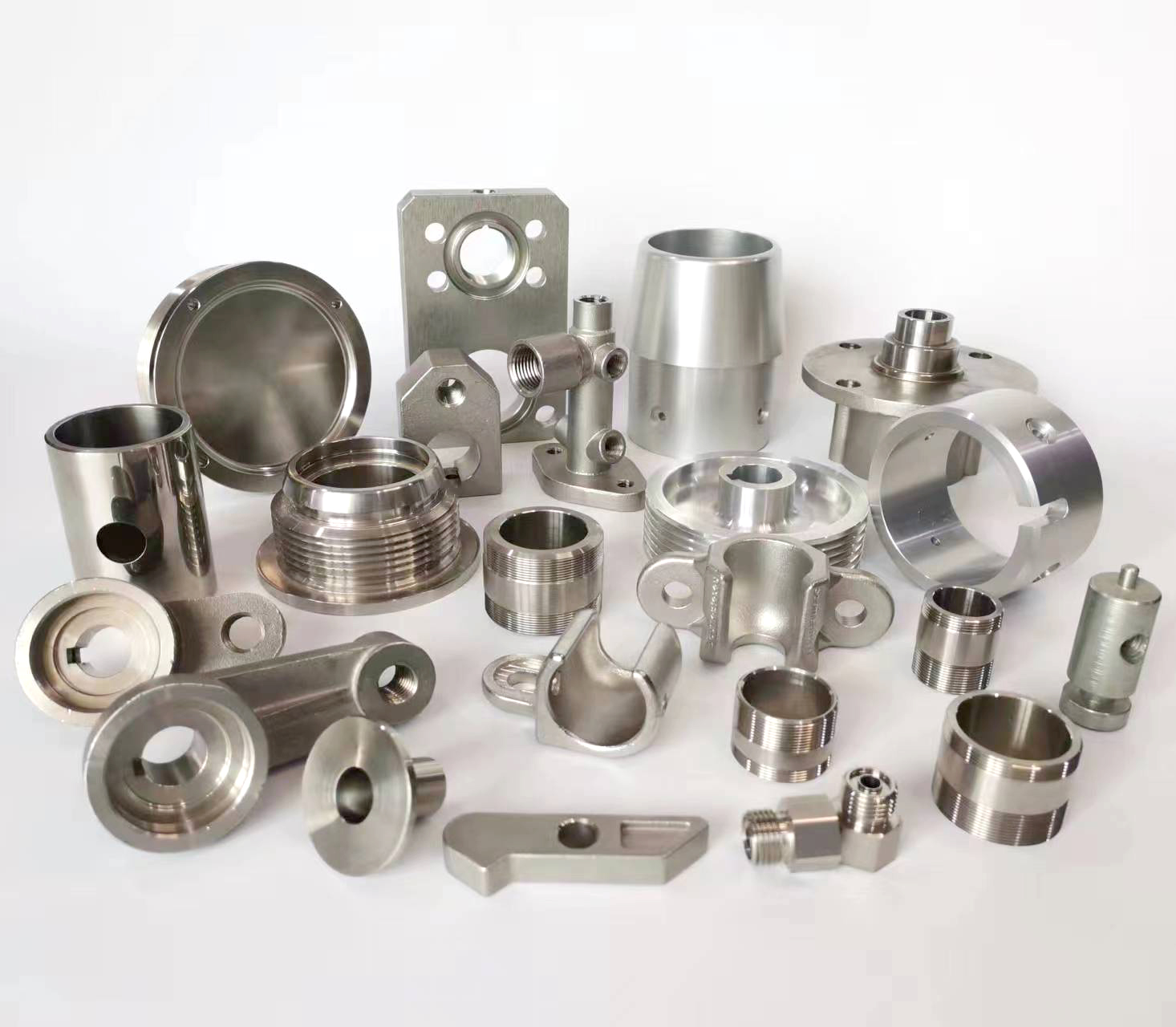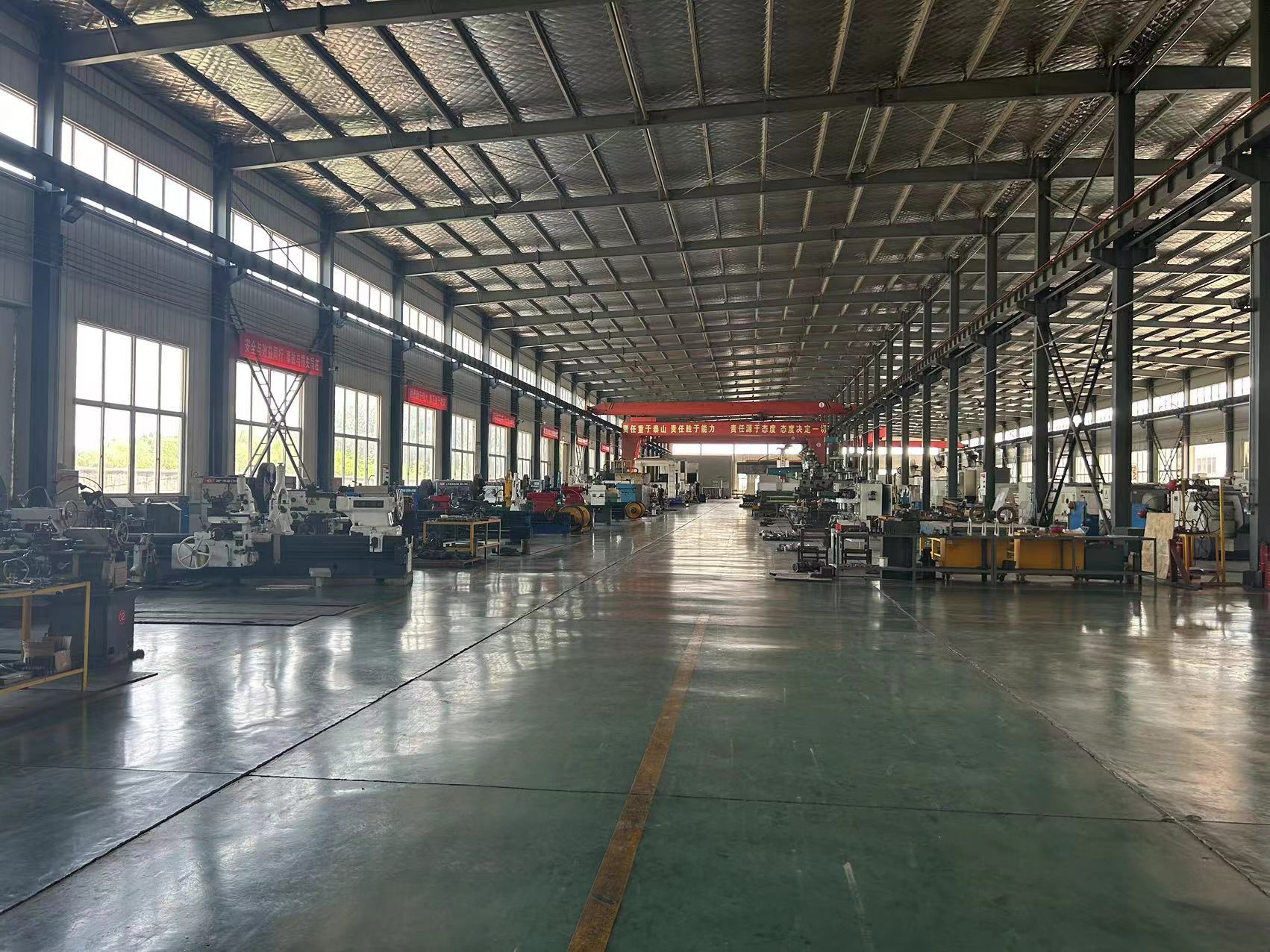Precision casting process:
- Mandrel casting: Due to the complex structure of the mold, it is difficult to achieve accurate edging, so the model is separated into a series of components and assembled together to form a complex model, also known as mandrel casting.
- Core casting: By coating and compacting the core agent in the mold, the core is formed, and then the mold agent is separated, and then the casting is fixed in a position to process the precise casting.
- Core plate connection casting: Fix the positioning plate to the mold and splint, and then press the casting on one end of the positioning plate to form a positioning model, and pass it to the casting machine. Doing so can make the larger pit of the casting, not affected by the core shape, and maintain high accuracy.
- Mechanical shaping casting: In mechanical shaping casting, the robot can be used to shape the relatively large volume of castings, and can meet the accuracy requirements of precision castings.
Ii. Characteristics
Precision casting process has the following characteristics:
- Precision size: small size required by design drawings can be achieved;
- High precision: accurate positioning processing can be achieved, with accuracy up to 0.001 mm positioning processing;
- High efficiency: low temperature processing, fast speed, can achieve complex processing;
- Structural stability: In the casting process, the casting is closed and has good structural stability.
Third, the processing process
Precision casting process includes:
- Manufacturing mold: First of all, make a mold with good processing performance to ensure the appearance and size of the casting precision.
- Core material preparation: Take the core material, after heat treatment, eliminate the internal stress of the core material, and ensure the excellent performance of the casting.
- Feeding: Put the core material or core agent into the mold, and then compacted it to meet the predetermined size requirements of the mold.
- Temperature control: Put the mold into the oven, heat the mold and feed to a certain temperature through the heat source such as fresh gas, and complete the “fusion synthesis” operation.
- Molding: Put out the mold with good temperature control, and after core-pulling and cooling, the casting is completed.
- Appearance inspection: The appearance inspection of the casting is carried out to ensure that the processing accuracy requirements are met.
- Machining: According to the requirements of drawings, certain machine tools are used to complete the machining of castings to ensure the accuracy of the shape and size of the castings.
Fourth, finished product quality requirements
The quality requirements of precision castings are:
- Dimensional accuracy requirements: The dimensional accuracy required by the casting is mainly the accuracy of the drawing size.
- Appearance requirements: no defects in appearance, small dents and indentations, and good material appearance performance.
- Polishing requirements: precision casting surface treatment should be highly smooth, no obvious burrs.
- Surface quality requirements: no obvious dirt, no rust marks on the surface of precision castings.
Five, operation points
- Implement the specified temperature control procedure to ensure the accuracy and integrity of the heat treatment of precision castings.
- In the mold assembly and feeding process, pay attention to the positioning accuracy between the core material and the mold, and try to make the air gap of the mold bed uniform to ensure the accuracy of the final molding.
- Before melting, carefully check the quality of the cast material to ensure that the metal material in the crucible is prepared, while fully considering the dimensional characteristics of the casting cavity.
- Pay attention to the control of heating temperature during melting, appropriate delay heating, heating to the best melting temperature, and sufficient control of the welding time to ensure the uniform distribution of the cast material and the stability of the temperature.
- Fully consider the size of the injection material and the core, the size of the torque, and the precise injection control during die casting. The stratified injection should be accurate and properly grasped to ensure the accuracy of the casting.
- In the production process of precision castings, machinery and equipment should be combined with precision instruments to ensure raw materials and molding process parameters, and tools, molds, and metals should be reasonably controlled during operation to ensure the accuracy and stability of precision castings.
- Install various instruments in the specified position to ensure the quality and reliability of precision castings.
- Responsible for tracking and testing the process of precision castings, finding possible problems, timely feedback and treatment to ensure product performance and quality.
Six, precautions
- Operate correctly in strict accordance with technical regulations and production instructions.
- In the on-site operation of the mold of precision castings, safety protection measures must be taken to avoid the occurrence of operational accidents at work.
- The heat treatment process should be strictly in accordance with the technical requirements, and special cases can be implemented only after the evaluation and identification of relevant experts.
- Precision castings must be produced in accordance with the relevant standards and specifications to avoid the occurrence of sudden low quality unqualified phenomena in the production process and ensure product quality.
- The sampling, drawing, testing, evaluation and other steps of precision castings must be approved and evaluated before they can be released for processing.
- After the precision castings are tested and qualified, they should be passed in strict accordance with the production instructions and effectively packaged in containers to ensure the quality and stability of the final product.
- The casting unqualified situation in the processing should be repaired in time, if it can not be repaired, it must be carefully checked to determine the cause, remediation and waste disposal.
- After the completion of the process, it is necessary to effectively file the production situation and save the documents and records related to precision casting processing to ensure the accuracy, consistency and convenience of subsequent management work.Please just contact with us if you have any requirements for casting service including investment casting, sand casting, die casting, gravity casting. We can make customized parts according to your design and drawing.





